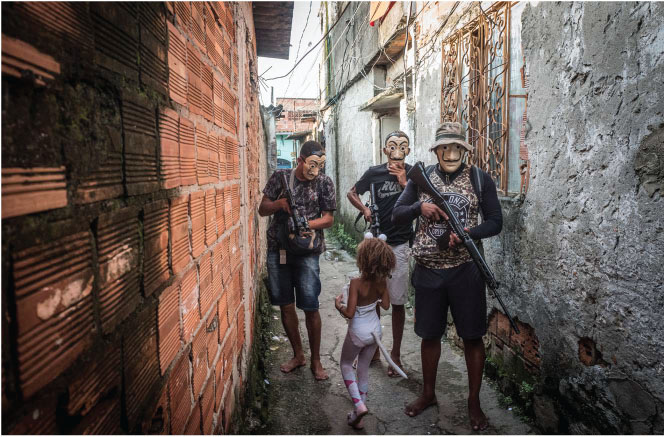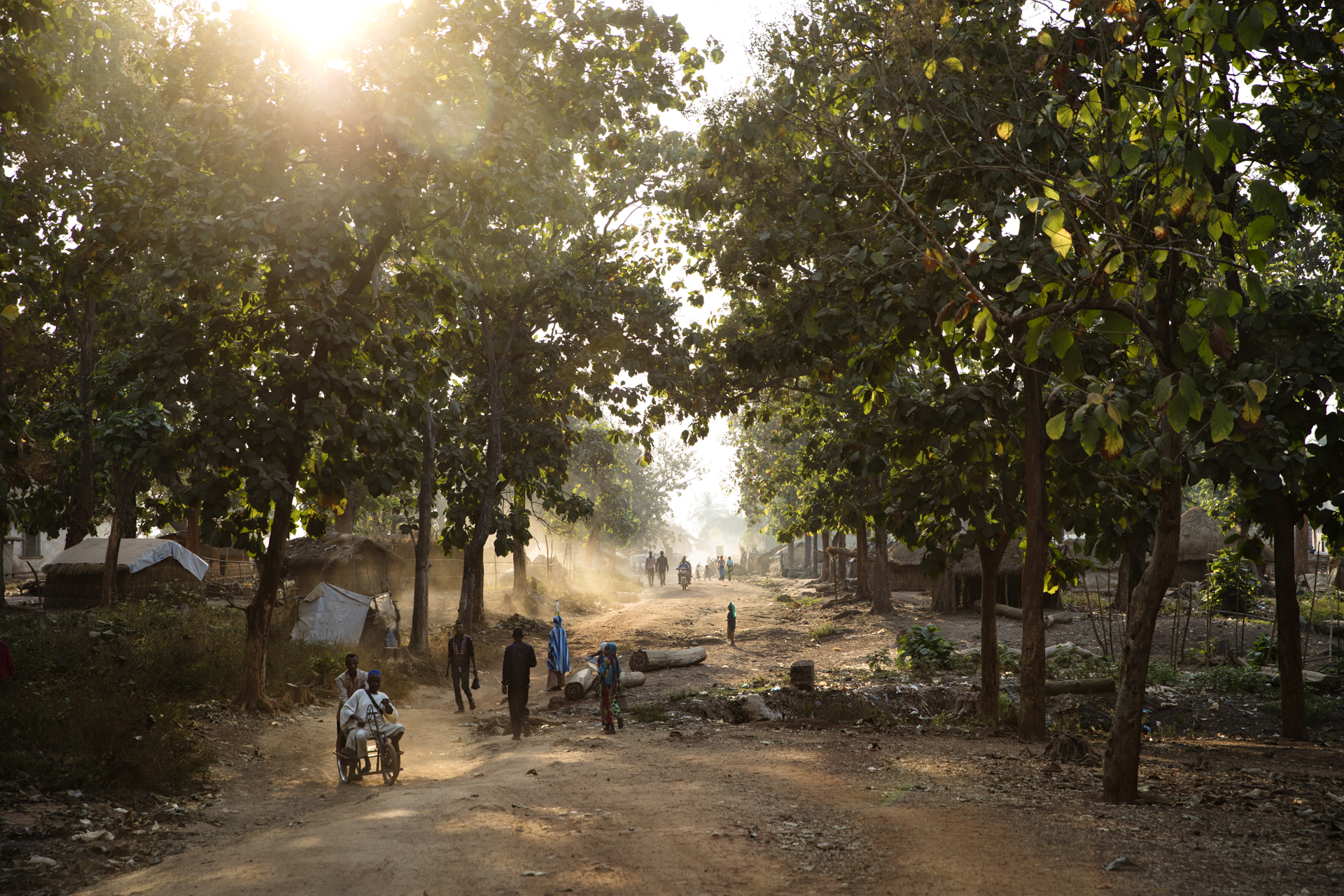

EXHIBITION
Anaïs Tondeur
CHERNOBYL HERBARIUM

Anaïs Toneur is born in 1985 and lives in Paris.
Anaïs Tondeur’s approach is rooted in ecological thought. She is engaged in an interdisciplinary practice through which she explores new ways of narrating the world, that can transform our ways of relating to other living beings and the earth’s great cycles.
Composing a kind of awareness lab, she develops her work through research and fiction, presented in the form of walks, installations, photography or procedures related to alchemy.
Many of her projects thus spring from encounters, sentient occurrences with an element, a territory or other ways of knowing and perceiving the world. She thus
enjoys doing research, which leads to a state of amplified openness and attentiveness. Whether tracking real phenomena or imagined elements and characters, these subjects become guides into worlds that would otherwise remain out of reach and out of sight.
Her research protocols lead her on expeditions across the Atlantic, on the border of tectonic plates, to the Chernobyl exclusion zone, under the surface of Paris,
in polluted urban soils or under the atmospheric flow of anthropic particles. But when she cannot access the territories of her investigations, she creates fictitious vehicles, which travel for her. She thus sent a dream into space on board the Osiris Rex, a NASA spaceship.
She graduated from Central Saint Martins in 2008 and the Royal College of Arts in 2010 in London, won the Art of Change 21 prize and received the Cyber Arts Ars Electronica honourable mention in 2019. She has presented and exhibited her work in international institutions such as the Centre Pompidou, la Gaîté Lurique, Frac Provence-Alpes-Côte d’Azur, Frac Grand Large, the Serpentines Galleries (London), Bozar (Bruxelles,), the Biennale di Venezia, the Pavillon Français and the Nam June Paik Art Center (Seoul).
Her approach is thus inscribed in an interdisciplinary practice, collaborating with anthropologists and philosophers, geologists and mathematicians, bio-
geneticists and ecologists, oceanographers and astronomers through artist residencies or immersions in science labs.
TRAINING
2005-2008 BA (Hons) Printed Textiles, Central Saint Martin School of Arts, London
2008-2010 MA Mixed-Media, Royal College of Art, London
RESIDENTIAL HOMES
2011
International City of Lace and Fashion, Calais
Textiel Lab, Audax Textiel Museum, Tilburg, Netherlands
2013
The 26 Colors, Center for Digital Cultures, France
2014
FDSE Summer School Cambridge, England
Hydrodynamics Laboratory (LadHyX), Ecole Polytechnique
2015
Pierre and Marie Curie University, (Program Tomorrow, the Climate)
Hydrodynamics Laboratory (LadHyX), Ecole Polytechnique
2016
Space Observatory, CNES, Paris
Sustainable culture laboratory, COAL, Domaine de Chamarande
2017
Museum of Arts and Crafts, Paris
European Commission Research Centre, Ispra
2018
Shared Sites, 104, SGP
ArtLink, Fort Dunree, Ireland
Tignous Center for Contemporary Art, Montreuil
2019
Shared construction sites, 104, SGP, City of Montrouge
Leonardo/Olats-Maison MALINA, Carasso Foundation
2020
Contact sheets, Photo4Food Foundation, Deauville,
2021
The Ephemeral Hive, Verrières-le-Buisson
REWARDS
2012 – Arcadi Grant
2013/ 2014 – Finalist Contemporary Talents Francois Schneider Foundation (2014&2013)
2015 – Ars Electronica, Art @ Science @ESO Honorary Mention
2017 – Coal Prize Finalist
2019 – Ars Electronica Prize, Live Art and Cyber Arts, Honorary Mention
PERSONAL EXHIBITIONS
2014
Lost in fathoms, Curator: Robert Devcic, GV Art gallery, London
/2011
Instance of passage, Space 54, Rivington st gallery, London
Carte blanche, International City of Lace, Calais
2015
Dryads, ArtCop21, Pierre & Marie Curie University, Paris
The cry of the Éophone’s, ArtCop21, Pierre & Marie Curie University, Paris
Flat hemisphere, Curator: Karina Joseph, Somerset Art Weeks, UK
2016
White Night, Charlemagne High School, Paris
Fabulate worlds, Curator: S.Psaltopoulos, CJ Cocteau, Les Lilas
Chernobyl Herbarium, JRC, European Commission, Brussels & Ispra
2017
Night of the Museums, Curator: Claire Cousin, Center Pompidou, Paris
Chernobyl Herbarium, Curator: L. Montesinos, Cristina Enea Foundation, San Sebastian
2018
Petrichor, Tignous Center for Contemporary Art, Montreuil
Black Carbon, Natsionalen Dvorets Na Kulturata, Sofia, Bulgaria
2019
Does Paris float? Curator: Nathalie Guiliana, Museum of Arts and Crafts, Paris
Sols Fictions Institute, Curator: J. M Goncalves, Grand Paris Express, Montrouge
Noir de Metz, Curator: Vanessa Gandar, Galerie Octave Cowbell, Metz
2020
The weighing of the world, IRD, Bondy
2021
Beings exhibited, Curators: Julie Michel, Emeline Eude, IDBL, Digne les Bains, as part of the 20th anniversary of CAIRN
Un Parfum, la nuit, Curator: Emmanuelle de ‘l’Eccotais, Photo Days, We Are, Paris
When the world was laughing, Science of art, Orangery, Verrières-le-Buisson
The Storm Tamer’s Collection, Art Link, Fort Dunree, Ireland
GROUP EXHIBITIONS
2010
Frieze Art Fair, Curator: Resonance, London
2011
Trauma, Curator: Jonathan Hutt, GV Art gallery, London
Den proloog, Curator: M. Dornboos, Piet Ein Heek gallery, Eindhoven,
Science picturing, Orleans House gallery, Richmond, UK
2012
Graphite, Curator: Robert Devcic GV Art gallery, London
Of this event I canot forsee the end, Curator: C. Billows, London
2013
Nemo Festival, Curator: Loïc Rabache, The 26 Colors, France
Nature Reserves, Curator: Tom Jeffreys, GV Art gallery, London
Art and science, Curator: Robert Devcic, GV Art gallery, London
2014
A case for Levania, Curator: Nahum, Laboratorio Arte Alameda, Mexico
Life on Mars, Curator: Simona Zemaityte, London
2015
ArtCOP21, Curator: COAL, Ministry of Culture, Paris
Systemic, Curator: COAL, ECCAS, Strasbourg
Seachange, Curator: Mary Cremin, Tulca Festival, Galway, Ireland
Inventing rivers, Festival Curiositas, CNRS, Gif, France
Drawing the invisible, Curator: Damien Mc Donald, Galerie 24b, Paris
Distant fictions, Curator: Alice Mallet, Jerwood gallery, UK
Flat Hemisphere, Curator: B. Palmer, Royal Society, London
Sideration Festival, Curator: Gérard Azoulay, CNES
2016
Emergent ecologies, Curator: E. Kirksey_NYC Emergence, New York
Soils fictions, Curator: COAL, Orangerie, Chamarande, France
In the wake,Curator: C. Docwra, Houston Center of Photography, USA
Mues, Curator: Damien Mc Donald, Gallery 24b, Paris
Perpetual Liquidity, Curator: H.Conroy, Historic Dockyard, Kent, UK
Chernobyl Impact and beyond, Ukrainian Institute of Modern Art, Chicago
Trauma, curator: Shane O’Mara, Science gallery, Ireland
2017
Fair Against Fear, Curator: A. Eckeels, Museo Leonardo da Vinci, Milan
The Unfinishing of things, Curator: M. Higgin, KFI, Aberdeen
Resonances II , Curator: A. Eckeels, European Commission, JRC, Ispra
Material Wittness, Curator: Curatorial Collective_Krakowie, Poland
Planetary Garden, Curators: L. Mc Lean & A. Lumb, Huw Davies gallery, Australia
Creating a void, Duo with Brandon Ballengée, AE gallery, Knokke, Belgium
2018
Biennale Di Venezia, French Pavilion, Infinite Places, Curator: Encore Joyeux, 104
KM4, Curators: José Manuel Goncalves, COAL, Grand Paris Express
Ice Stories, Curator: COAL, Museum of Hunting and Nature
ConVersatory, Curator: N. Lafforgue, Saint Denis Art Museum
Sideration Festival, Curator: G. Azoulay, Space Observatory, Paris
Big Botany: Conversations with the Plant World, Curator: S. Goddard, Spencer art Museum, Kansas, USA
2019
Ecological senses, Curator: Goo, Jeong-hwa, Nam June Paik Art Center, Seoul
Cyberarts exhibition, Prix Ars Electronica, OO KulturQuartier, Ars Electronica, Linz
Trees of War, Curator: Damien Mc Donald, Photo Doc, Paris
Plein vent, Curator: COAL, Halle aux Sucres, Dunkirk
Merry crisis, Curator: Anita Beckers, Anita Beckers Gallery, Frankfurt
Photo Doc. Lab, Curator: Emmanuelle de l’Écotais, Halle Blancs Manteaux, Paris
Constellations Festival, Digital Stones, Metz
Durch die Blume, Curator: Matthia Löbke, Kunstverein, Heilbronn, Germany
Another world /// in another world, Curator: JF Sanz, Frac Provence-Alpes-Côte d’Azur
2020
Dreaming the Universe, Curator: Céline Neveux, Postal Museum, Paris
Another world /// in another world, Curator: JF Sanz, FRAC Grand Large
Experimenta, La Biennale Arts Sciences 2020, Curator: Antoine Conjard, Hexagone Scène Nationale, Grenoble
Underground Art, Curator: Juliette Bibasse, Montreal
Art Madrid, Curator: Kosmica, Projector, Plataforma de Videoarte, Madrid
The measure of chaos, Curator: Olga Remneva, State Center of Culture, St Petersburg
2021
ATERRIR, Curator: Julie Sicault Maillé, La Ferme du Buisson, Noisiel
Another world /// in another world, Curator: JF Sanz, Lieu-Commun, Toulouse
When the world was a laugh, Curators: Danielle Olsen & Jahnavi Phalkey, Science Gallery, Bengaluru
Cosmos district, Curator: Thierry Darnet, Strasbourg Cathedral
The Earthly observatory, Curator Giovanni Aloi, School of the Art Institute’s galleries, Chicago
Another world /// in another world, Curator: JF Sanz, FRAC Grand Large, Dunkerque





















